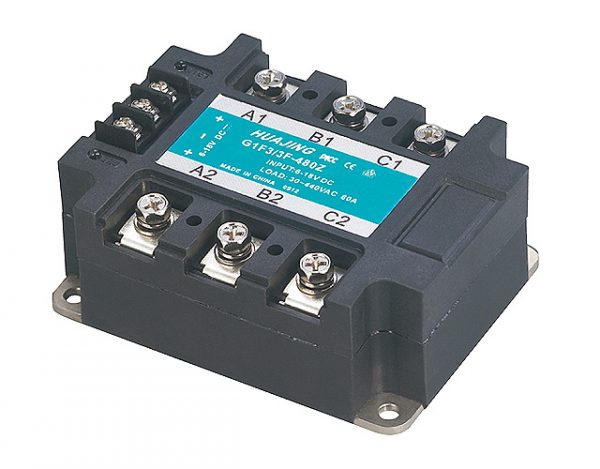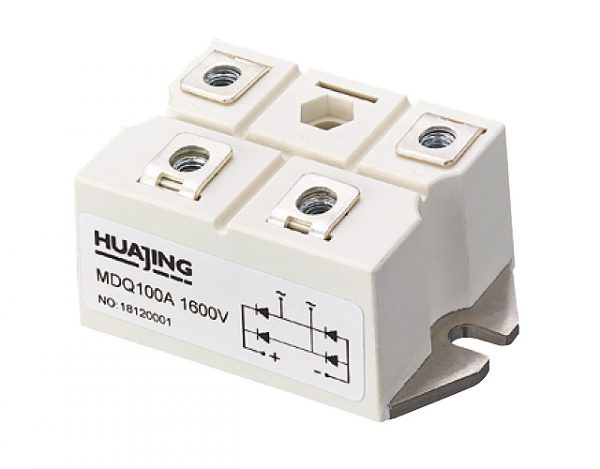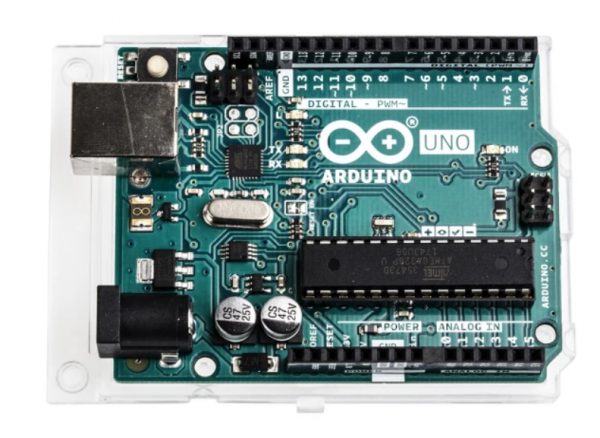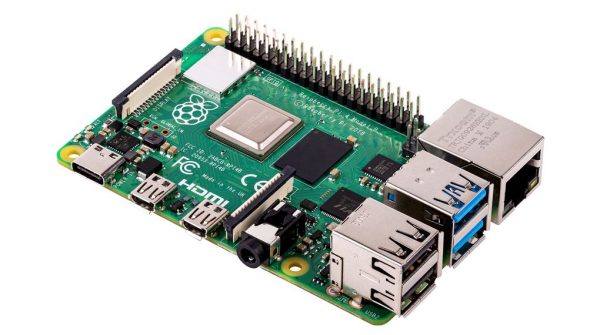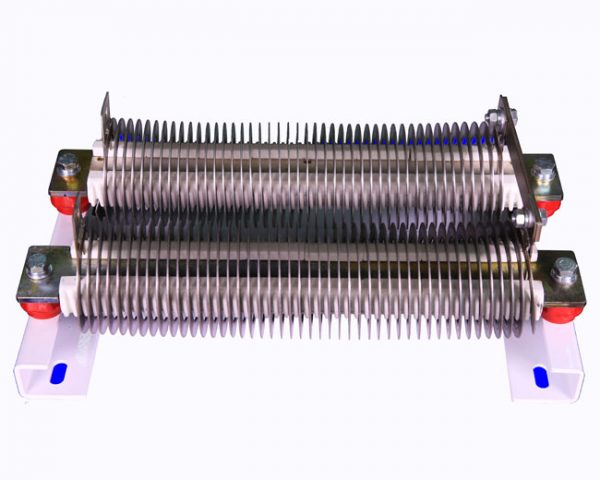Why Ledger Live, Cold Storage, and One Simple Habit Will Change How You Hold Crypto
Whoa! I remember the first time I lost access to a wallet—my stomach dropped, and I felt like I’d left cash under a mattress in a hurricane. My instinct said « never again, » and that gut feeling pushed me toward hardware wallets, cold storage, and the sometimes-messy rituals that keep keys safe. At first I thought hardware was only for the super-paranoid, but then I realized a lot of everyday risk is avoidable with a few deliberate steps. Here’s the thing: secure storage isn’t glamorous, though it should be, and it pays dividends later when everyone else is panicking.
Okay, so check this out—hardware wallets feel like tiny safe-deposit boxes you carry in your pocket. They keep private keys offline which, bluntly, blocks a huge class of attacks that target online software wallets. On one hand that sounds obvious, though actually the devil is in the details: firmware updates, seed phrase handling, and credential phishing can still mess you up. Initially I thought « just buy any hardware device » but then I learned to vet vendors, to verify device authenticity, and to treat setup like a small ritual instead of a quick button press. My bias is toward simplicity; complicated processes breed mistakes, and mistakes are costly.
Seriously? You still write seeds on a single sheet of paper? That’s a fast fail. Write them twice, in different places, or use metal backups if you’re serious—because paper rots, tears, and burns. I use a small stainless backup plate in a fire-safe spot, and that extra effort has saved me from more than one near-miss during home renos (oh, and by the way, contractors sometimes notice weird notes and ask questions…). My practical rule: assume things fail, then design redundancy into storage like a low-budget disaster planner.
Here’s a practical tip you can use today: pair a hardware wallet with dedicated software like Ledger Live for routine checks, but keep your funds mostly in cold storage. Ledger Live makes portfolio viewing and transaction management easy, but remember—ease can lull you into overconfidence. My experience with Ledger Live is that it’s a lot friendlier than raw command-line tools, and for many users the tradeoff is worth it because it reduces risky manual steps. If you want to check out the hardware I trust, look here: ledger wallet. Yep, one link and I’m done—no hard sell, just a pointer.

Cold Storage: Why It’s More Than Just « Turn It Off »
Wow! Cold storage isn’t just about being offline; it’s about limiting exposure across many dimensions. You can be offline and still be vulnerable if you copy seeds into insecure places or display recovery phrases on cloud-synced note apps. My approach is conservative: generate seeds on-device, never photograph them, and verify every address on the hardware screen itself before approving a transfer. On the other hand, some people overcomplicate—buying multi-thousand-dollar vaults—when a few disciplined routines would suffice. I’m biased toward frugality that doesn’t skimp on security: good habits beat expensive gear, often.
Really? People still type seed phrases into web pages? That amazes me and also scares me. Phishing is relentless and increasingly clever; attackers clone UIs, they spoof firmware update pages, and they lure people with fake support chats. Initially I thought robust password managers would solve the problem, but then I realized two-factor authentication and managers are only part of a layered defense, not a silver bullet. So yes—think layers: hardware isolation, physical backups, verified firmware, and skepticism before you click.
Hmm… one more thing about cold storage that bugs me: access planning. You need an emergency plan for heirs or trusted contacts, because your perfectly secure vault is useless if you die without instructions. Make a recovery plan that balances privacy with accessibility—sealed instructions, legal steps, or threshold multi-sig arrangements are valid approaches depending on your estate and family situation. I’m not a lawyer, though; do get legal advice for complex estates, because DIY recovery can go very bad, very fast.
Now let’s talk updates and trust—two bones that often get thrown out with the bathwater. Firmware updates matter; they patch vulnerabilities and enable better UX, but installing the wrong firmware or using a compromised cable can be hazardous. Initially I resisted updates, thinking « if it ain’t broke don’t fix it, » but that attitude’s naive; security evolves and so should your device’s software. Still, always verify firmware checksums and do updates from official sources—no exceptions.
Practical Habits That Separate Folks Who Sleep Well from Those Who Don’t
Here are habits I actually use and recommend: generate seeds offline, confirm every transaction on device screens, test recovery once in a safe way, and rotate small test transfers before big ones. Short test transfers are your friend; they expose mistakes without costing much. On one hand this sounds tedious, though it’s saved me from typos and wrong-chain errors more than once. I like routines; they’re small investments that prevent big losses.
My instinct said to be paranoid about UX prompts and connection dialogs, and that instinct was right. When a device asks for a PIN or to approve an address, pause and think: is this expected behavior? If anything feels off, stop. I once almost approved a transaction because the UI looked familiar—my mistake was assuming my muscle memory could outsmart a phishing trick. Actually, wait—let me rephrase that: trust your device’s screen, not your memory of the app’s layout.
On backups, make them redundantly and geographically separated. Two copies in different fireproof places is a minimum. Metal backups are expensive but survive floods and fires, and if you’re hodling long-term, that matters. Also: write recovery words in the order they appear—mixing words is a fast way to brick your own recovery. Sorry if that sounds basic, but basic mistakes are very very common.
FAQ
How does Ledger Live fit into a cold storage strategy?
Ledger Live is great for day-to-day checks and prepared transactions; use it as a companion to a hardware wallet, not as a substitute for cold storage. Keep large sums offline and use Ledger Live to manage smaller daily-use pots that you can replenish from cold storage when needed.
What’s the simplest way to test recovery without risking funds?
Create a new wallet, generate a seed, and do a full restore on a secondary device using that seed—but do this with tiny test funds first to verify the process. If the restore succeeds and you can sign a transaction, your backup method is proven; if not, iterate until it’s reliable.
I’m biased toward doing the small, annoying things reliably: label your backup locations, rehearse your recovery, and keep firmware current while verifying every step. Something felt off in a lot of the early crypto advice—too many extremes, too little middle ground—and I’ve learned the hard way that practical defensibility beats perfection. On the bright side, with a little patience and some simple rituals you’ll sleep better, and when markets wobble you’ll be calm instead of scrambling.
One last thought: security is a social process as much as it is technical—it lives in your habits, your paperwork, your conversations with family, and yes, your willingness to be a little paranoid sometimes. I’m not 100% certain about everything—there’s always new vectors—but the core practices I’ve shared are battle-tested and human-friendly. Keep things simple, keep them verified, and don’t be afraid to ask for help when somethin’ feels off…

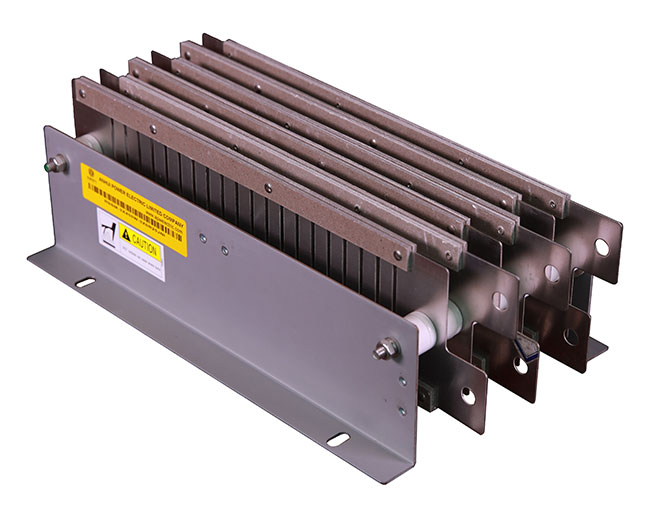
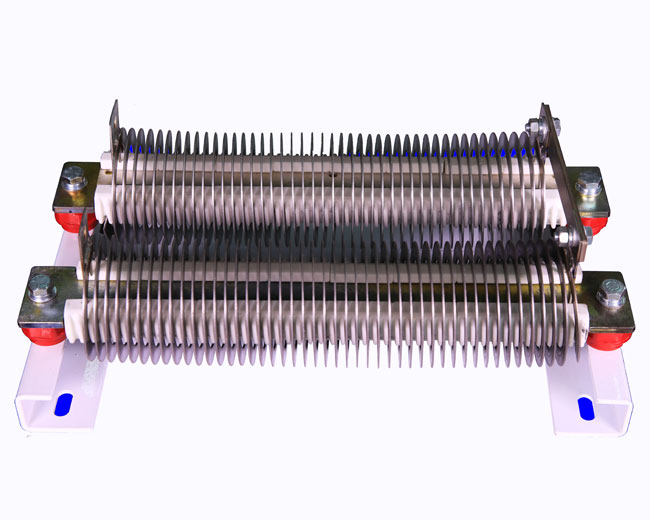
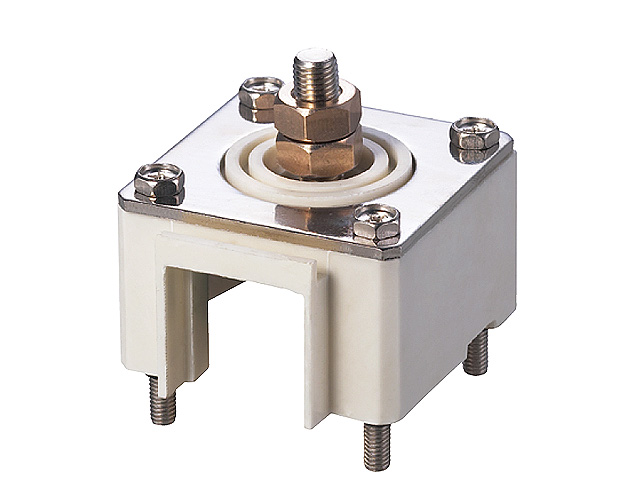
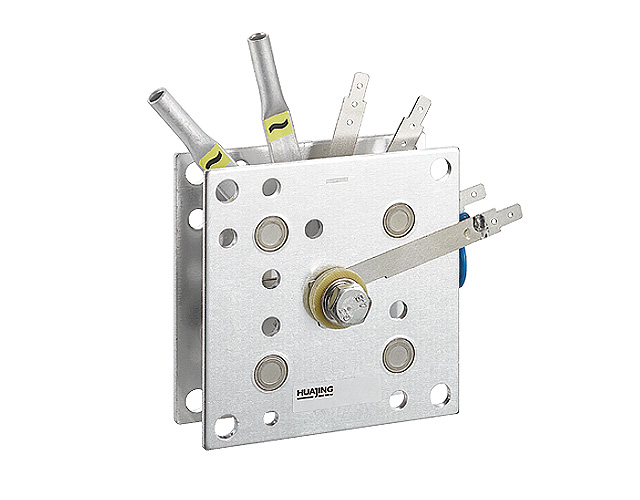
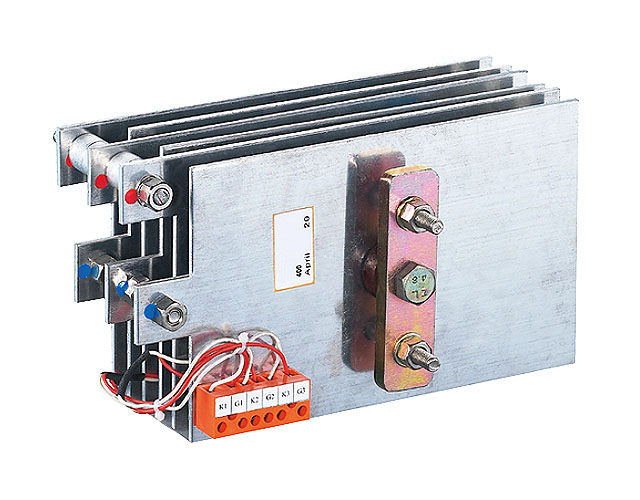











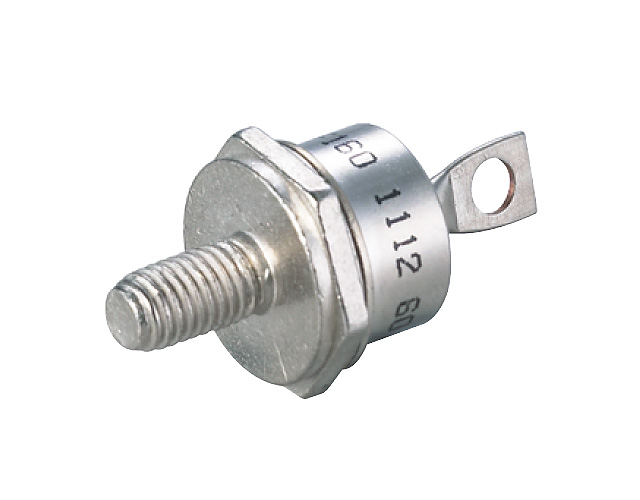
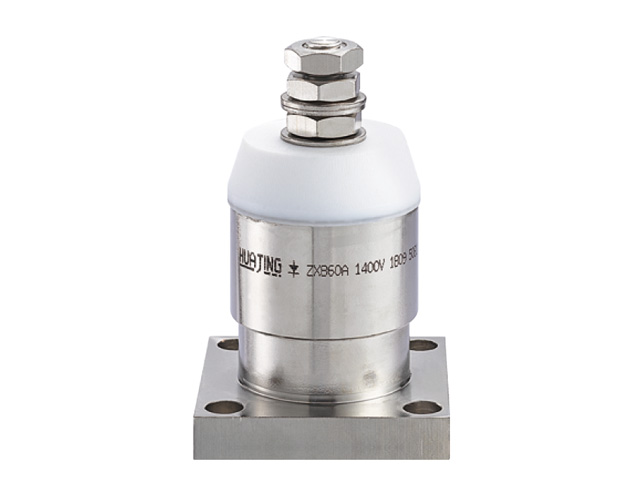
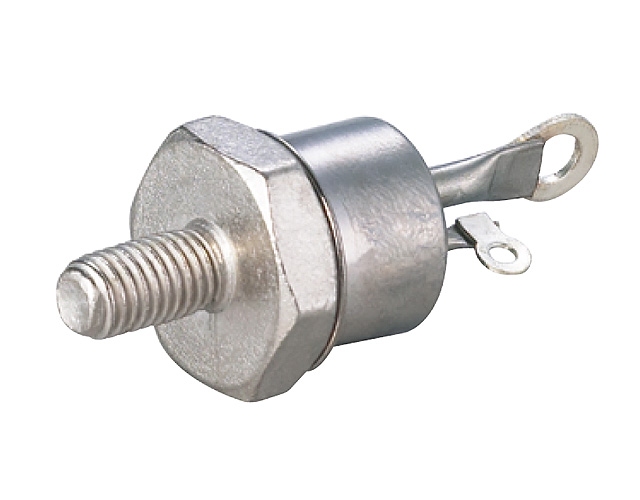
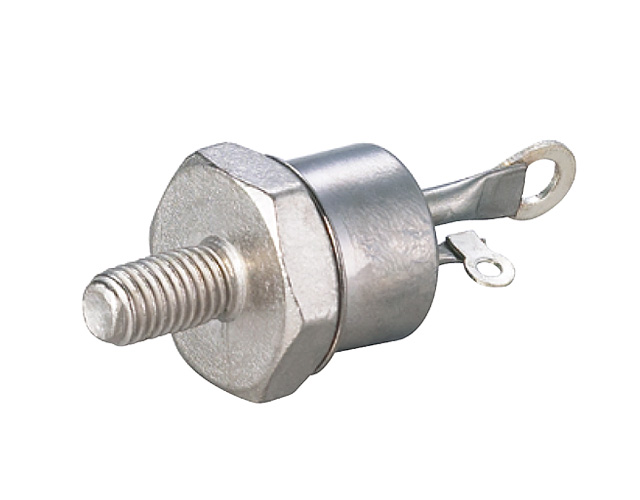
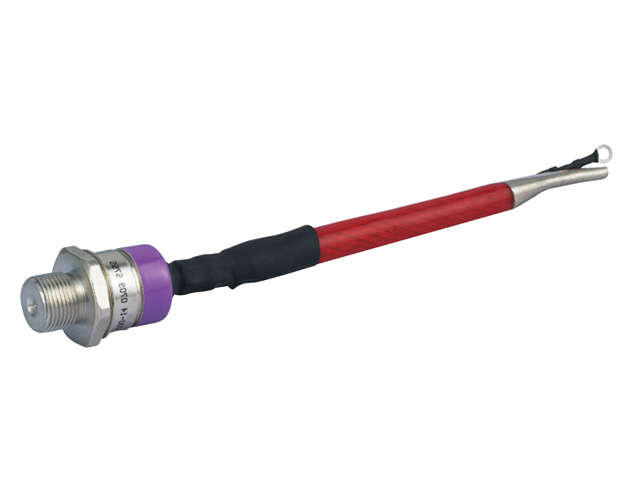
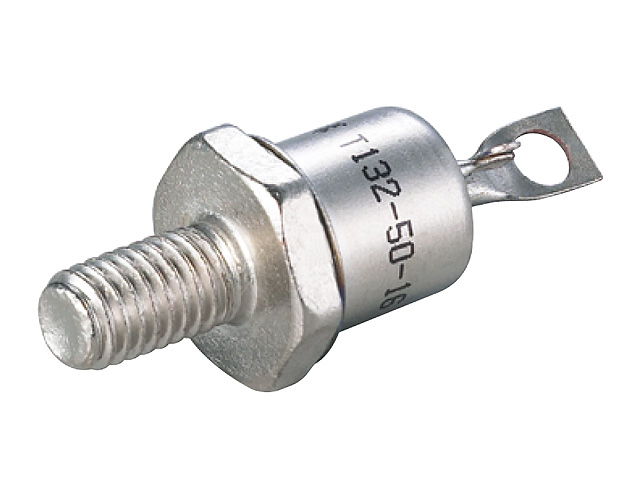
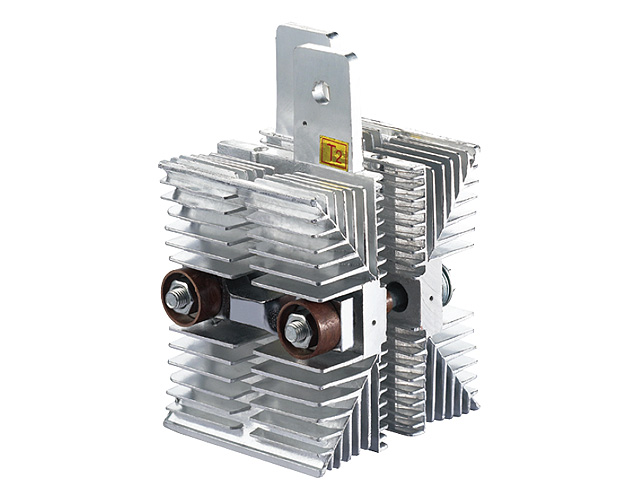
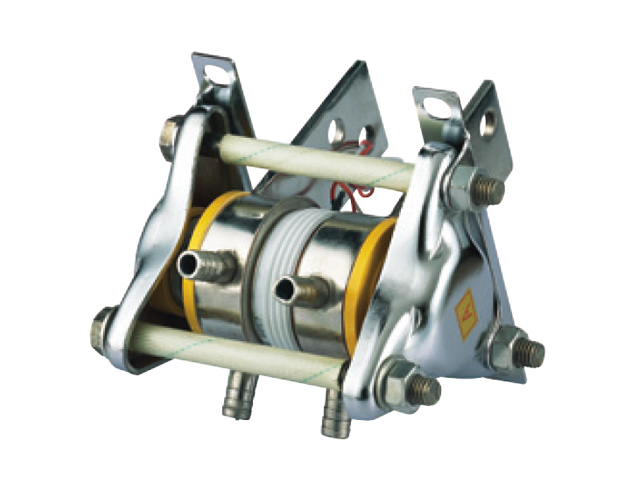
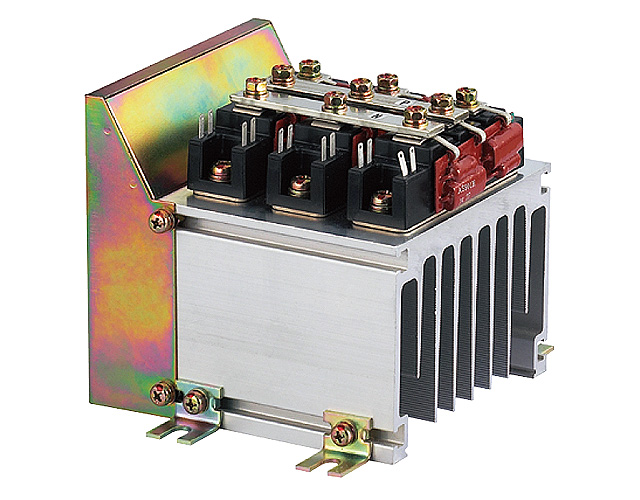
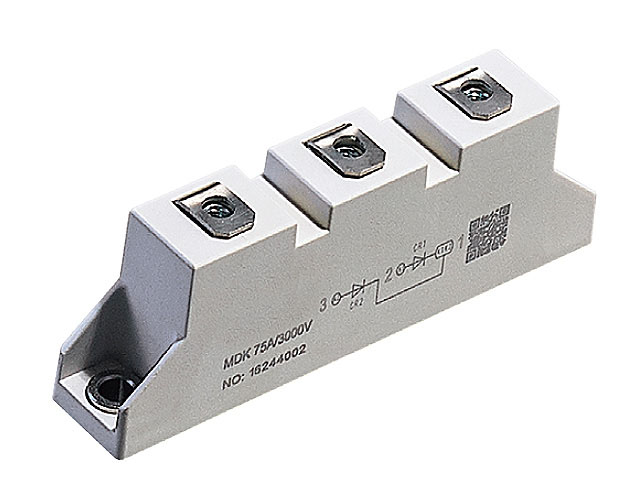
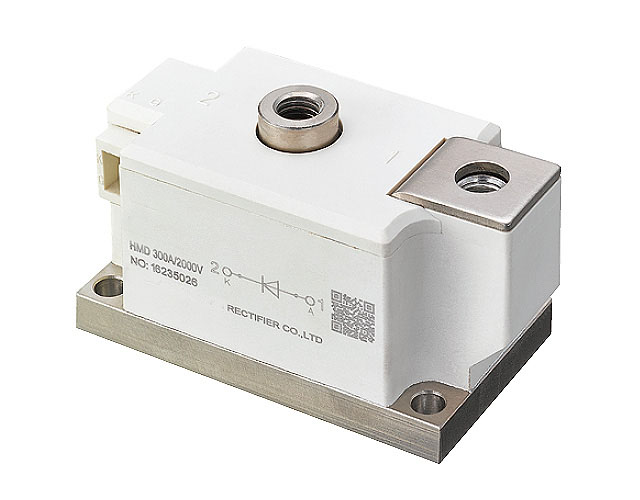

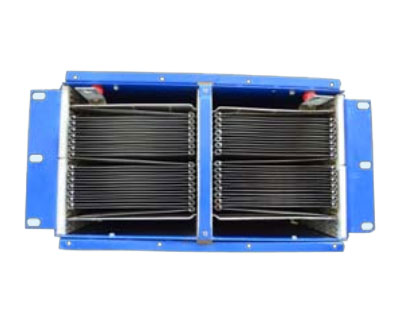
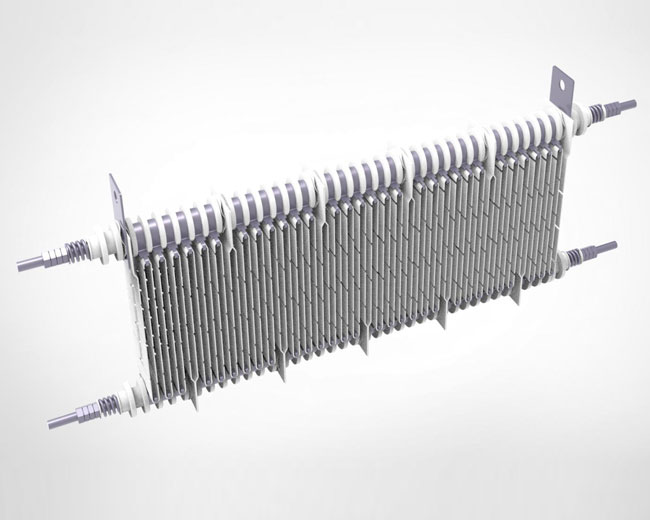
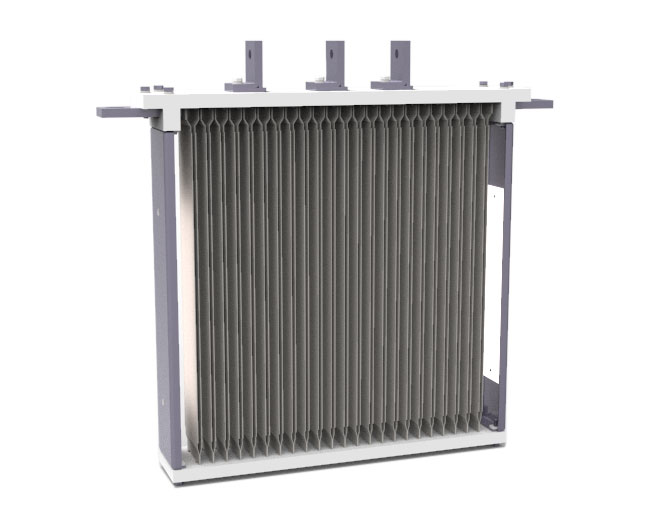
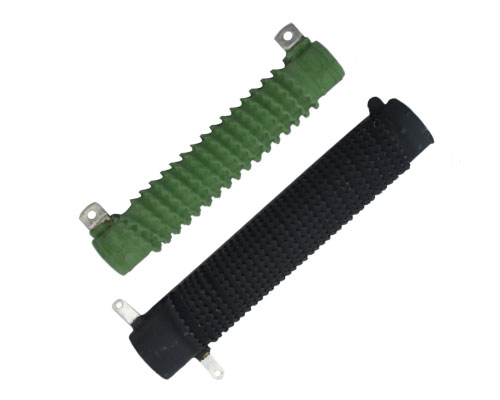
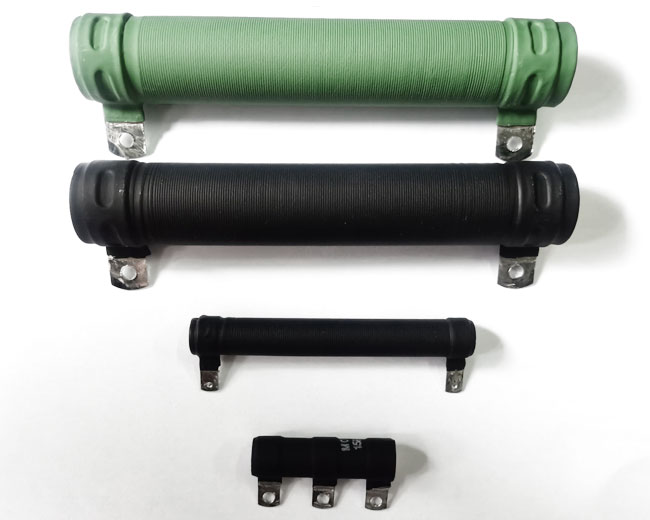
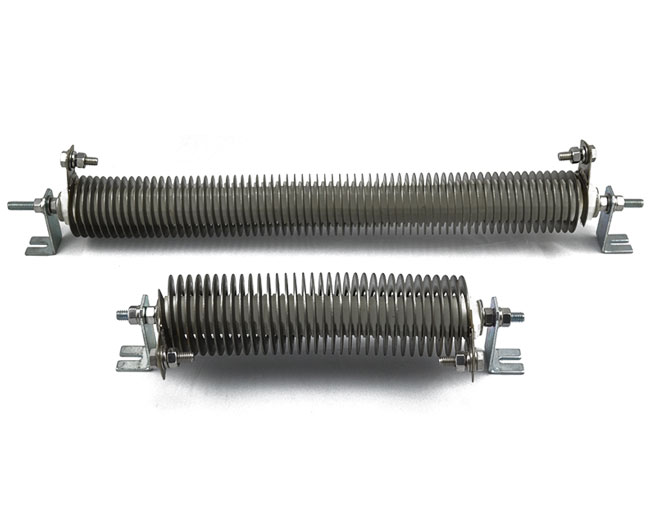
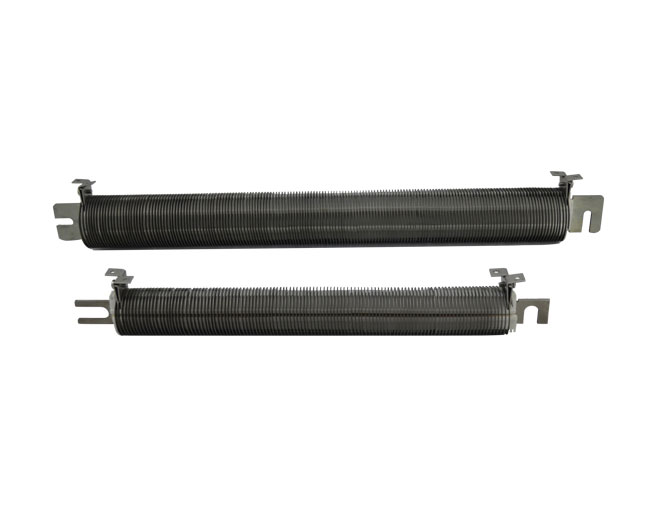

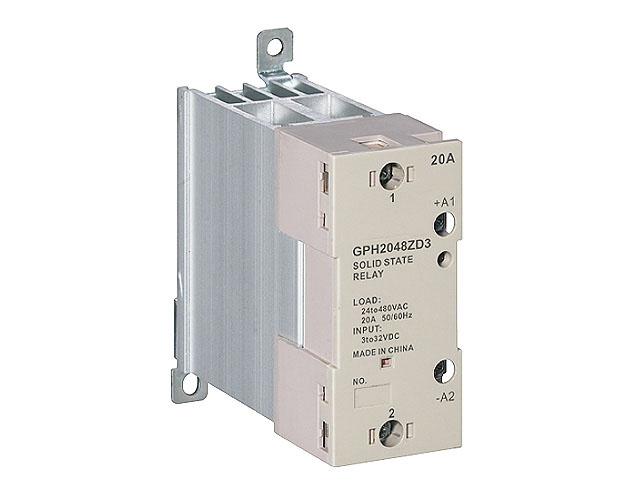
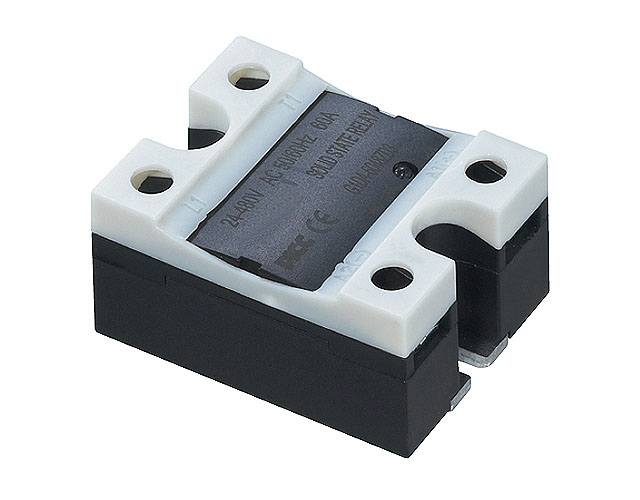
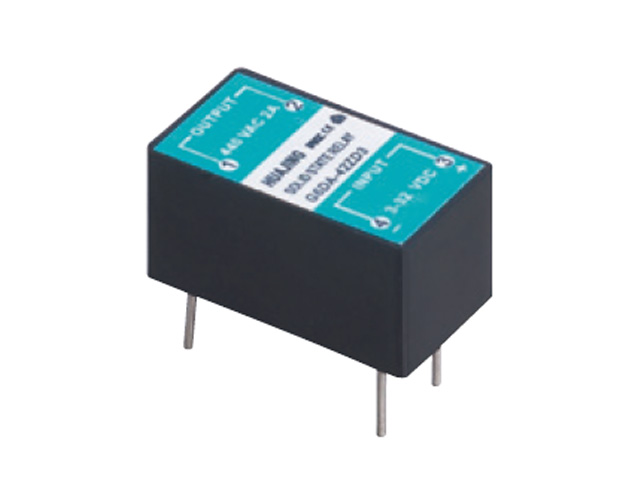
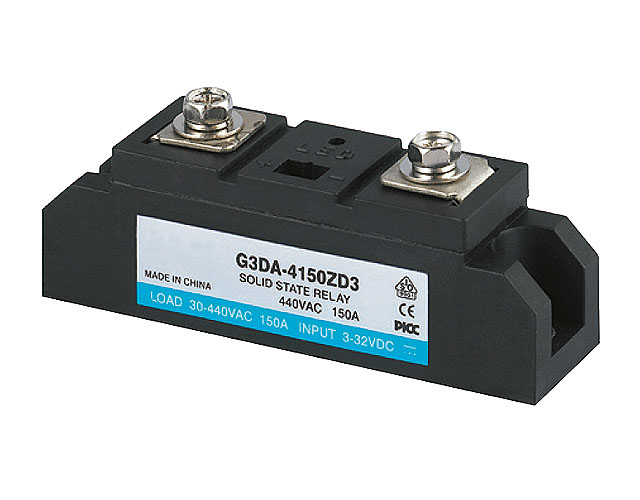
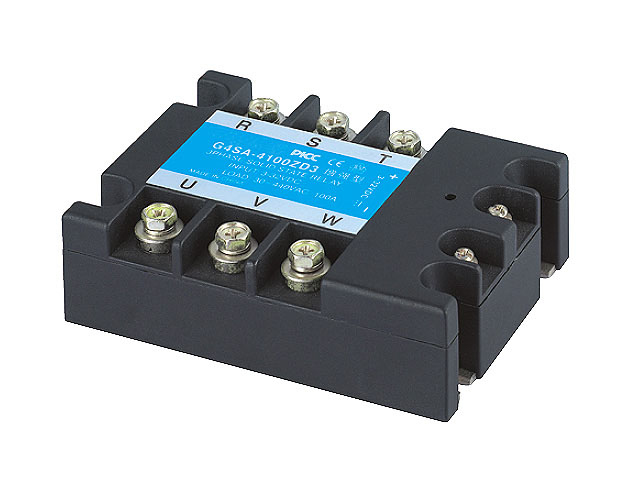
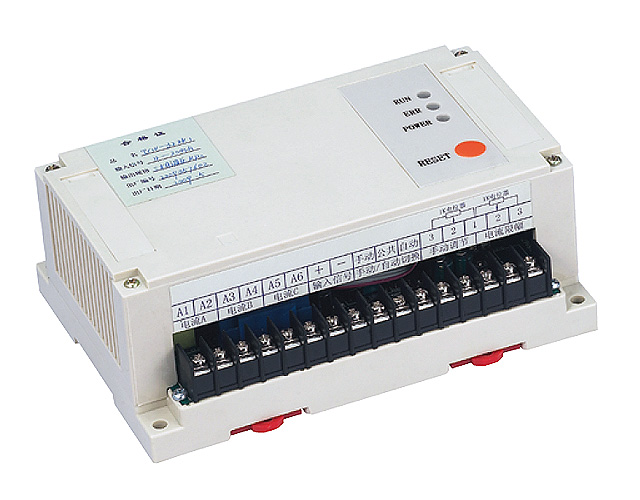
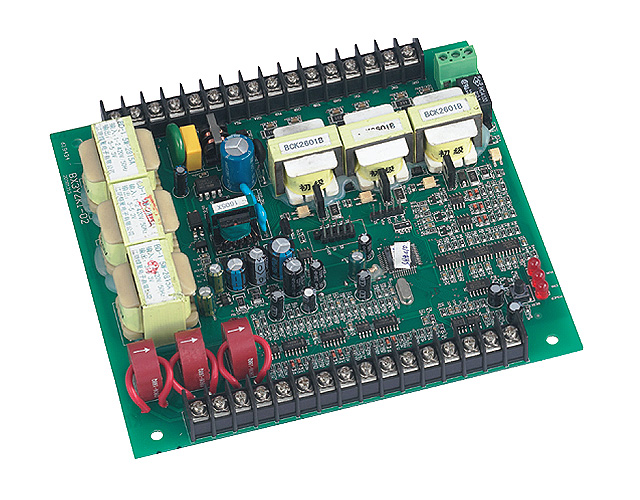
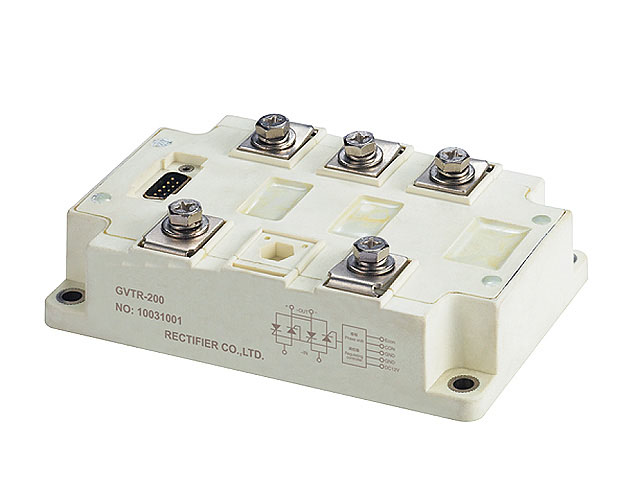
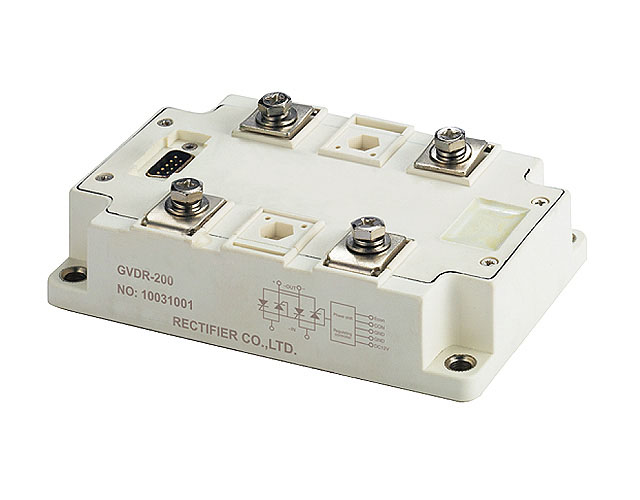
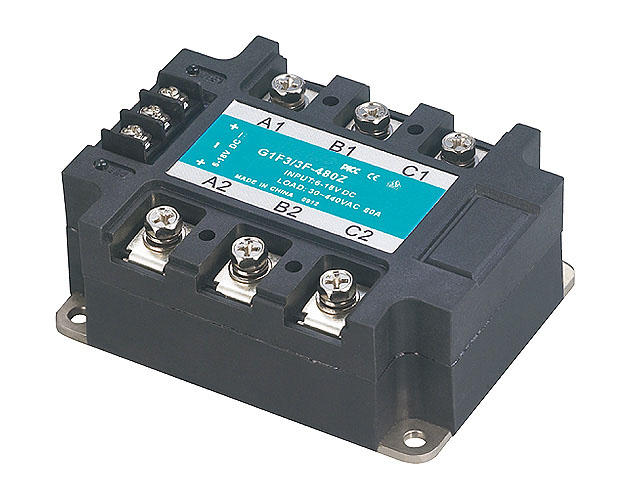
 Menu Item #1
Menu Item #1 Menu Item #2
Menu Item #2 Menu Item #3
Menu Item #3


































